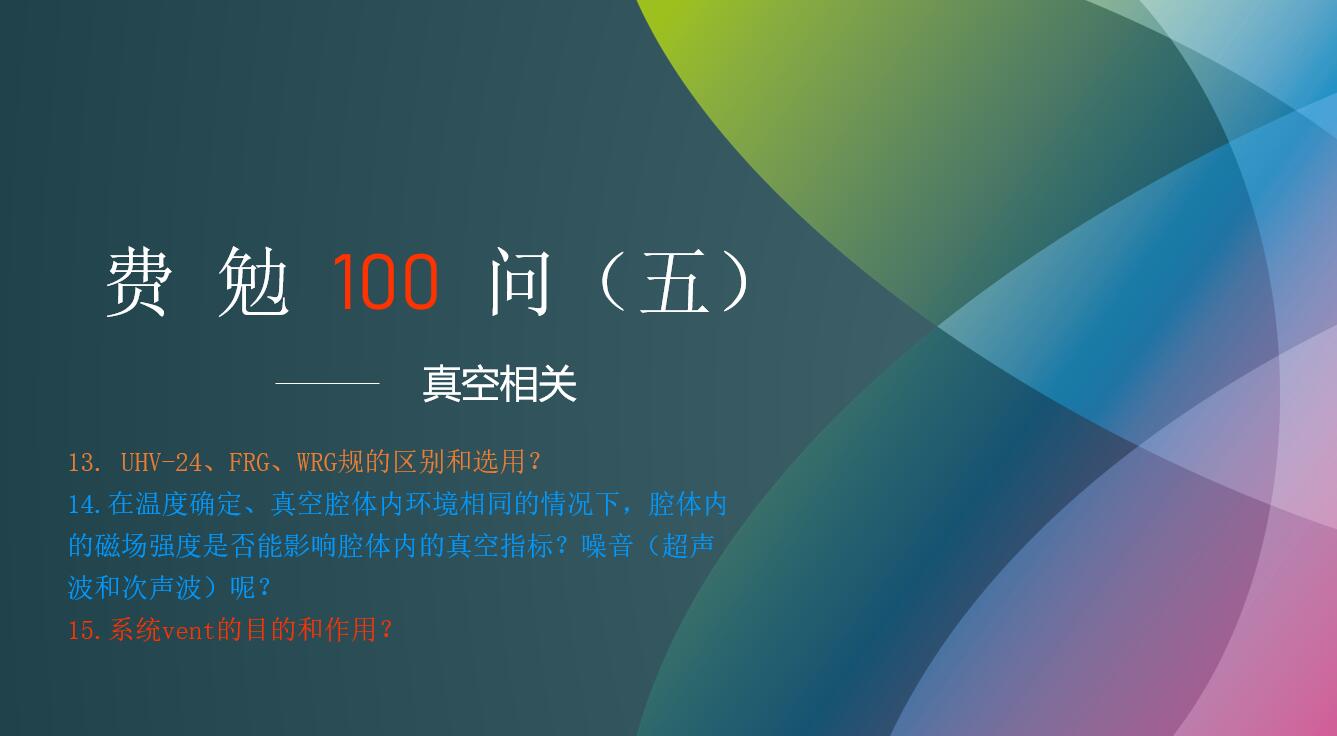 Your current location: Home > Technical Support > Popular Science Column > Low Temperature...
Your current location: Home > Technical Support > Popular Science Column > Low Temperature... Last issue introduced how to obtain low temperature through phase change refrigeration, gas isenthalpic expansion refrigeration and adiabatic degassing refrigeration. This issue will show you how to obtain low temperature through three methods: vortex refrigeration, temperature difference thermoelectric refrigeration and 3He-4He helium dilution refrigeration.
4. Vortex Refrigeration
The vortex generated by artificial methods is used to separate the airflow into cold and hot parts, of which the cold airflow can be used to obtain cooling. The vortex tube is a very simple energy separation device, which consists of a nozzle, a vortex chamber, a separation orifice plate and cold and hot end tubes. During operation, the compressed gas expands and accelerates in the nozzle before rotating. Then the airflow enters the hot end of the vortex tube along the tangent direction at a speed of 1,000,000 rpm. When the airflow rotates at high speed in the vortex tube, it is separated into two parts of airflow with unequal total temperatures after vortex transformation. The airflow in the center of the vortex chamber has a low temperature. This cold airflow passes through the center of the generator to form ultra-low temperature cold air and is collected at the cold air end for discharge. The airflow in the outer layer of the vortex chamber has a high temperature. By adjusting the hot end valve, the ratio of cold and hot flow can be adjusted to obtain a cooling effect or a heating effect. Figure 1 is a basic schematic diagram of vortex refrigeration.

5. Thermoelectric Refrigeration
Thermoelectric Refrigeration is based on the principle of the Peltier Effect, the reverse effect of the Seebeck Effect. The Seebeck Effect is a thermoelectric phenomenon discovered more than a hundred years ago. That is, in a closed circuit composed of two different metals, if the temperatures of the two contact points are kept different, a potential difference will be generated between the two contact points - contact electromotive force, and at the same time, a current will flow in the closed circuit, which is called thermoelectric current. Conversely, in a closed circuit composed of two different metals, if a direct current is passed, one contact point will become cold and the other contact point will become hot. This phenomenon is called the Peltier Effect. Its cooling effect mainly depends on the thermoelectric potential of the two electric couples on the material. Since the material has a high thermoelectric potential, it can be used to make a small thermoelectric cooler. Since thermoelectric coolers do not require a medium, have no mechanical moving parts, are highly reliable, and can operate in reverse, they have been widely used in the thermal control of electronic equipment or electronic components. When two elements, N-type (electronic type) and P-type (hole type), form a couple and pass direct current, the corresponding two joints will absorb and release heat. Figure 3 is the actual structure diagram. When direct current flows from N-type to P-type, heat absorption occurs on the copper connecting pieces at ends 2 and 3 (called the cold end), and heat release occurs on the copper connecting pieces at ends 1 and 4 (called the hot end). If the current flows in the opposite direction, the cold and hot ends are interchanged. Its structural principle is shown in Figure 2.

【Figure 2】 Refrigeration principle

【Figure 3】Refrigeration sheet
6. 3He-4He helium dilution refrigeration
<span there="" are="" two="" natural="" isotopes="" of="" helium:="" helium-3="" and="" helium-4.="" helium="" existing="" in="" nature="" is="" basically="" helium-4,="" with="" a="" boiling="" point="" 4.2k.="" the="" 3.19k.="" when="" temperature="" mixed="" solution="" 3he="" 4he="" above="" 0.86k,="" liquid="" can="" be="" dissolved="" any="" proportion.="" however,="" drops="" below="" separates="" into="" phases,="" which="" phase="" more="" called="" concentrated="" phase,="" less="" dilute="" phase.="" 0.86k="" corresponds="" to="" certain="" content,="" equilibrium="" reached.="" atoms="" taken="" away="" from="" order="" maintain="" enters="" through="" interface="" supplement="" removed="" atoms.="" it="" calculated="" that="" enthalpy="" entropy="" much="" larger="" than="" those="" therefore,="" this="" dilution="" process="" needs="" absorb="" heat,="" refrigerator="" made="" by="" using="" endothermic="" phenomenon.="" <="" span="">
From the structural diagram of the dilution refrigerator, the chamber containing the phase interface is called the mixing chamber. 3He atoms absorb heat and cool from the concentrated phase through the phase interface to the dilute phase, which lowers the temperature. The chamber containing the free surface of the dilute phase is called the distillation chamber, and the temperature is maintained at 0.6-0.7K. At this time, the saturated vapor pressure of 3He is much higher than the saturated vapor pressure of 4He, and it can be pumped away by a vacuum pump. At this time, the 3He atoms in the concentrated phase continuously enter the dilute phase through the phase interface, and the pumped 3He is condensed and then replenished to the concentrated phase to form a cycle, so that the refrigerator can run continuously.

【Figure 4】Dilution Refrigerator


